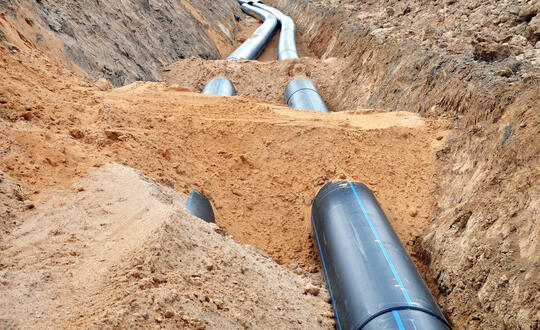
Projects aiming to benefit from the government's latest heat network funding scheme need to be aware of its emphasis on supporting projects that deliver the most cost effective reductions in carbon emissions.
The Green Heat Network Fund (GHNF), a £270m fund to support low and zero carbon heat networks in England, is due to be launched by Business, Energy & Industrial Strategy in April 2022 (the Transition Scheme was launched in July 2021). Unlike its predecessor (funding made available by the Heat Networks Investment Project), GHNF will only fund heat networks that use low-carbon technologies such as heat pumps, solar and geothermal energy.
To be eligible for funding projects will be required to meet minimum criteria against which applicants will be able to assess their compliance before submitting their application. Applications that pass these minimum requirements, and are deemed deliverable, will score higher where they can demonstrate maximisation of carbon savings, heat produced and value for money. This will be assessed in relative terms of volume of heat to be delivered by the project for each pound of grant that would be awarded, as well as an assessment of the project's carbon abatement (i.e. the CO2e that is proposed to be displaced by the project).
With further guidance and details regarding the schemes application process to follow, as well as the upcoming appointment of a delivery partner, GHNF is set to play a crucial role in promoting a shift in heat networks away from CHP solutions to low or zero carbon technologies which exploit low-grade ambient heat sources and/or waste heat.



